Fold out brochure for ‘The Diver’ 1987 pdf here.
Storyboard for ‘The Diver’, 1986 pdf here.
Performance: Tina Keane, Michael O’Pray profiles Tina Keane’s career so far for Performance Magazine, 1988 pdf here. …
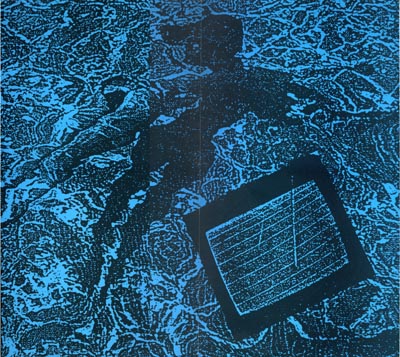
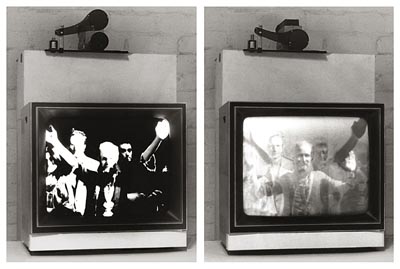
‘Over-lighting exceeds capacity for assimilation in a 1970s video camera and images are ‘burnt’ into the surface of its tube. Here a unique property is discovered where both the passage of time and trace of that continuum are registered as one. A section of the original tape version records the image of the artist with a camera (via a mirror) panning, by stages, across the screen. Before movement the lens is covered and re-exposed after the change, …
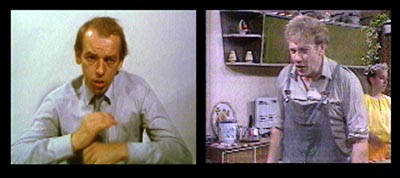
ACGB programme for Video Artists on Tour; 1985 pdf here. …
Continue reading “Television Interview (aka Coronation Street Piece)”
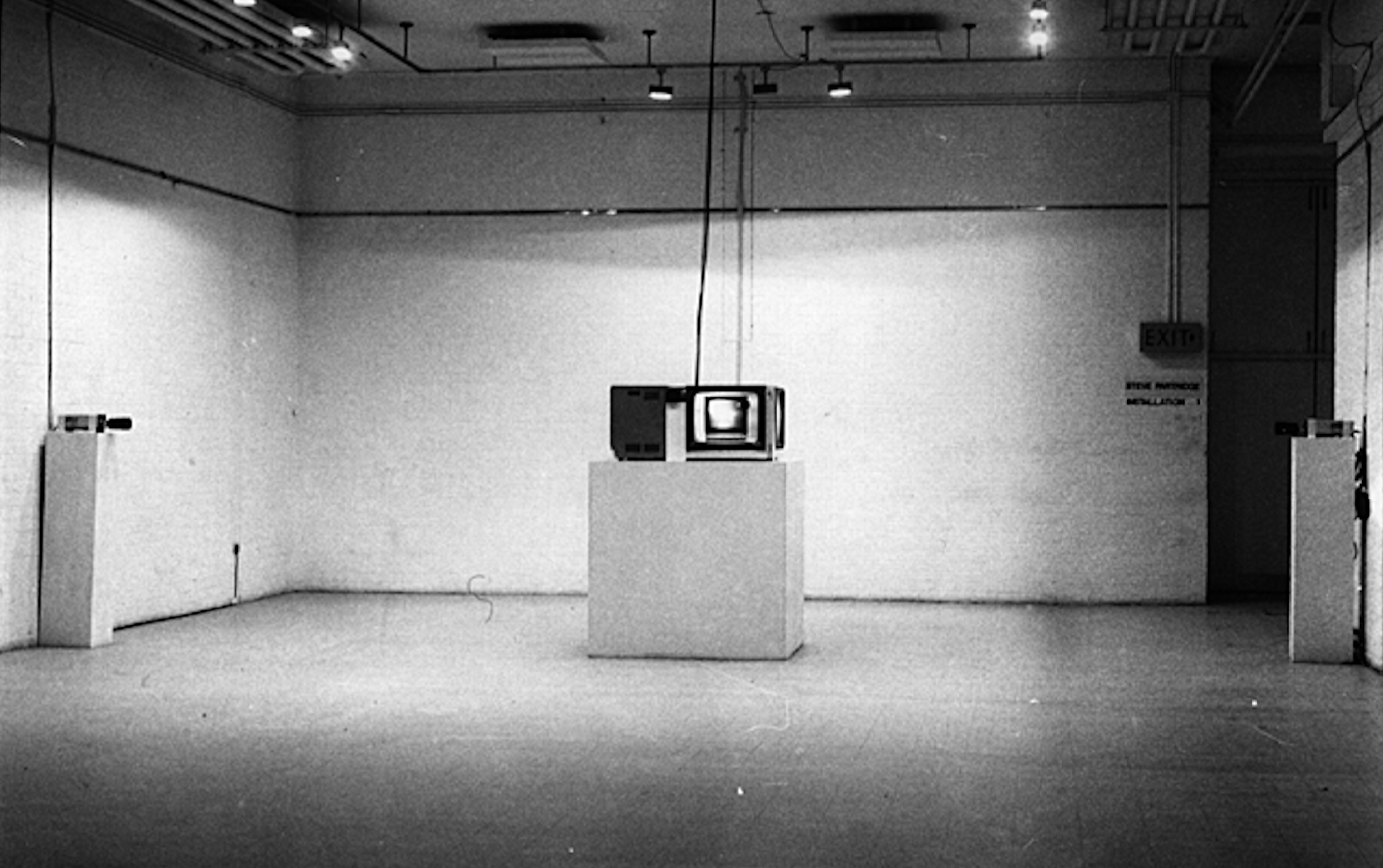
Closed-circuit video installation using 4 cameras and 4 monitors and vision mixer. Cameras 1 and 2 were fed to a mixer which superimposed one on the other and fed monitors B and D. Cameras 3 and 4 fed monitors A and C and therefore the spectator could not see their image directly, only as a mix on monitors B and D as an iage within an image.
…
Continue reading “Installation No 1 (1976)”
David Hall checking his image in Installation No.1
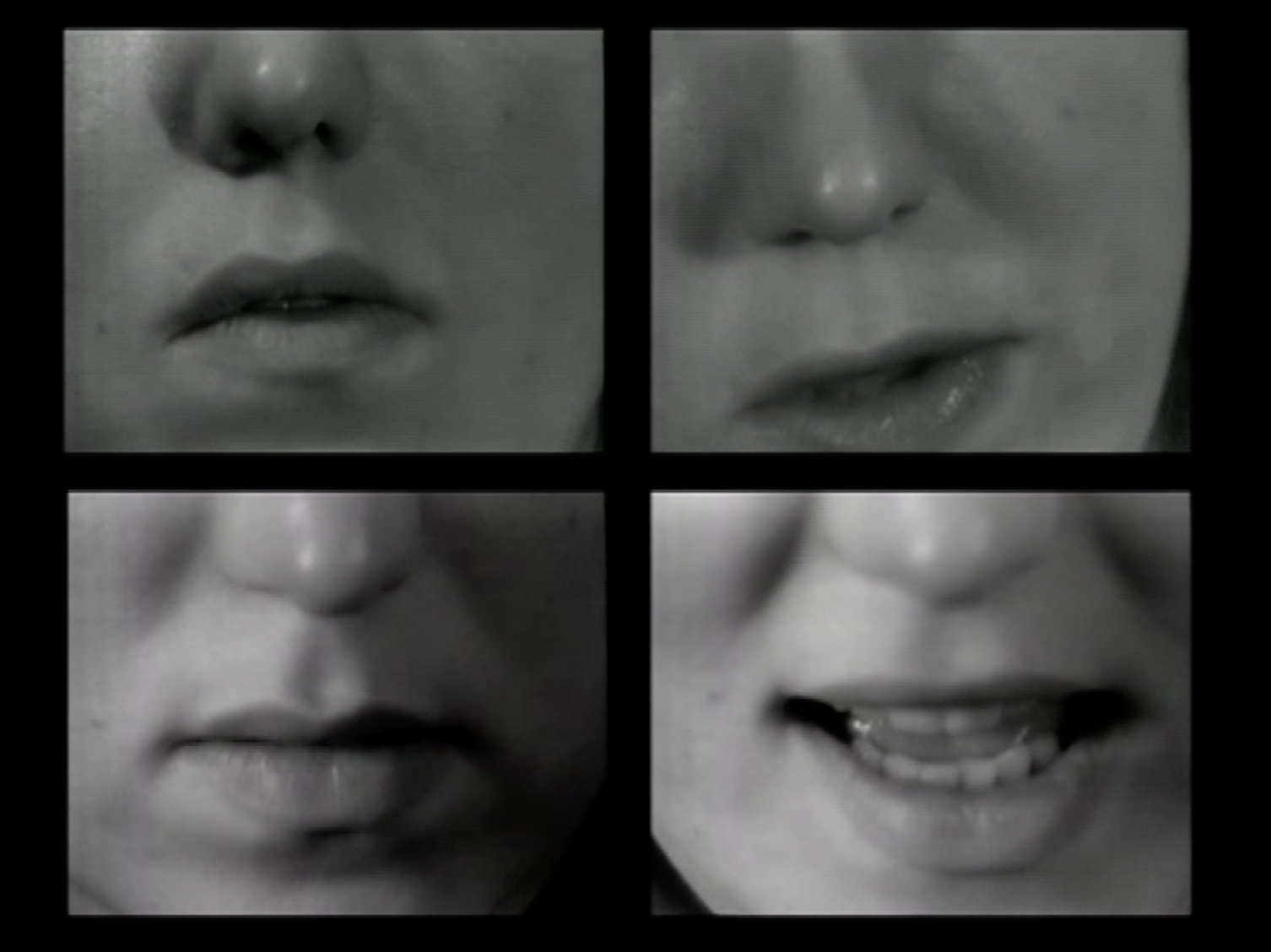
‘Dialogue for four players is a video playback installation by Steve Partridge at the AIR Gallery during Mid-March. Four Monitors stand in a square facing the viewer in a darkened room: their own light is the only illumination. Each monitor is replaying a different tape; each showing the lower half of (the same?) woman’s face, thus each speaks its own contribution to the dialogue.
The Four tapes are fifteen minutes long, they are played simultaneously, …
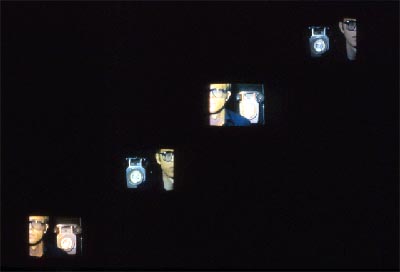
The installation was made possible by the ACGB and facilities, rigging, equipment and travel and subsistence by the Kitchen. The masters were transposed through a standards convertor to NTSC at a facilities house in New York with the advice and assistance of John Sanborn, a well known New York video artist who had been assistant to Nam June Paik, and whom the artist had met at the Biennalle de Paris in 1977. John had assisted Steve Partridge to shoot the Paris channel of “A Coincidence of Space” …
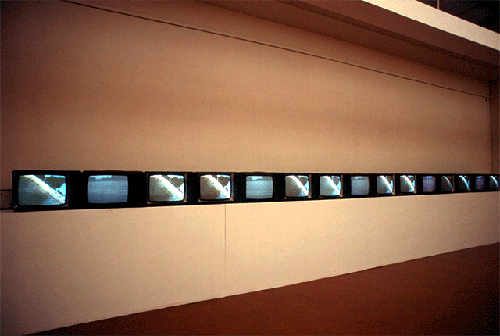
‘I was commissioned by the Paris Biennalle des Jeunes and the British Council to make an installation. They also chose “Stuart Marshall and many up-and-coming artists from Europe and the USA, including Marina Abramovic, and Laurie Anderson. I decided to make a work which used the rivers of London and Paris. Shooting on the Thames proved to be rather difficult as the Crown ‘owns’ the skyline of London! On the Seine a young artist from New York acted as my assistant – …
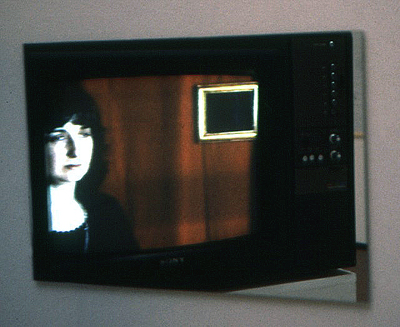
Private view card for the exhbition ‘Tamara Krikorian, The heart of the illusion’, LVA at AIR 12-18 June 1981.pdf here
‘Tamara Krikorian Video Artists on Tour’, leaflet detailing Krikorian’s recent works and practice. Includes information on ‘The heart of the illusion’.pdf here
Leaflet advertising ‘The heart of the illusion: Landscape, still life and self-portrait. Tamara Krikorian Installation for three video monitors and mirrors’. IKON gallery, …
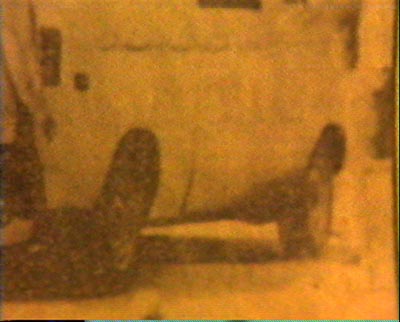
‘Tamara Krikorian Video Artists on Tour’, leaflet detailing Krikorian’s recent works and practice. Includes information on ‘Time revealing truth’.pdf here
Leaflet detailing information on the artist and recent works, including ‘Time revealing truth’.pdf here
Brochure/programme for the Video Installation Show 1983 Air Gallery, includes information on ‘Time Revealing Truth’.pdf here
Stills from the installation ‘Time Revealing Truth’.pdf here …
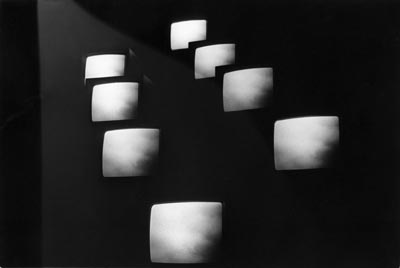
‘Breeze’ and ‘Disintegrating Forms’ were both designed as multi-screen installations. Breeze consists of four TV monitors placed side by side, showing four different shots of water, the camera being placed and allowed to run for ten minutes in each case. Tapes 2 and 3 are shown here. Close up shots of water appear to relate to the surface of the screen, giving the illusion of a TV set containing water. In 2, rapid movements of the water relates to the scan line. …